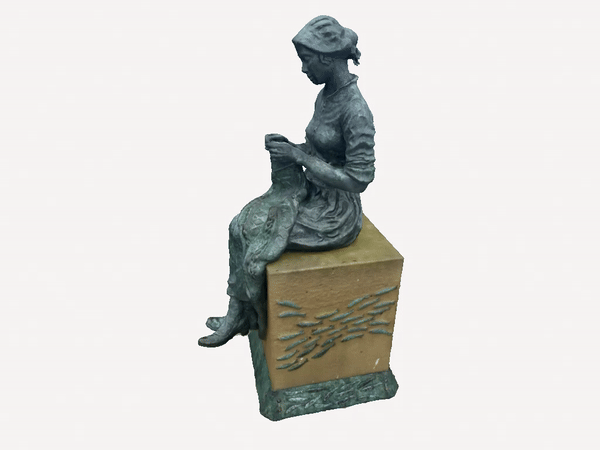An Intro to 3D Printing:
We’ve got the best part of 20 printers at the moment, and have years’ worth of print type under our belts. We started in 2015 on an old Creality CR-10 (which is still running).
Many a decent print can be produced on an entry level 3D printer. If you want your journey into 3D printing to last, you are going to have to get used to two key factors: long-long print times and near constant tweaking, repairing and print failures.
Our longest single print took 6 days (140 hours), weighing more than 6 kg. Our longest print time for a single project has been 9000 hours or about a years’ worth machine time.
A well setup high-end printer will produce reliably for months, similarly if you get unlucky a mid-range printer will start screwing with you a couple of prints in.
Resin printers are generally messier, more expensive to buy and run, and are suited for smaller prints. They are however far more reliable, simpler to print with and great if you’re starting out and what a click and play machine.
FDM printers which use PLA, ABS and PETG, are generally cheaper to buy and run, more breakable and more fixable, and better suited for large scale printing. They’re great machines if you don’t mind getting into the world of the printer nerd, fine tuning print files and repairing/upgrading machines.
How ever you want to get into the world of 3D printing there’s some useful links below. The world of cottage industry making, garage prototyping and shed production is knocking on your door, full of creativity and opportunity!
Useful Links
Useful Info
Want to make your own 3D model?
Creating your own 3D models is now surprisingly easy thanks to recent progress in software and camera technology. You don’t need a fancy scanner or years worth of training to create printable models!
If you have a reasonably up-to-date smart phone you can use scanning apps such as Polycam, Scandy Pro, and Scaniverse. These use photogrammerty or the lidar sensor on your phone to create a 3D model.
We can do a lot from 2D images. Converting a 2D image to a vector file (SVG) can allows to extrude a 2D plane object into a 3D one. Similarly, 3D printed lithopanes and such are created from a standard format pictures.
Software like Microsoft 3D Builder, Sketchup and Meshmixer are surprisingly simply to use and create de-nova designs.
Websites powered by pseudo AIs, similar to Chatgpt, now exist for generating 3D models. These are trained on existing models and such tools are in their infancy but can be entertaining to use and might create the model you’re after.
Finally, various 3D libraries exist, these models have a range of copyright licenses on them but can be a great help in design your own creation!
File Formats:
The most useful formats in 3D printing are STL, OBJ, and PLY. We’ve learn to convert and use a big ranges of other types, we know how to format Dicom, DEM, LAS, TIFF, PDB, , DAE, FBX, SVG, and a host of others.
Once we have a solid OBJ, or STL, we use a slicer to convert the file to a gcode format understood by our FDM printers. Our resin printers support brand, specifc formats.
In this way we have a vast library of copyright free printable data. Thanks to our scanners we can also produce in house models. We also produce clay models which we scan-in, as well as in silico model making using 3D editing software.



